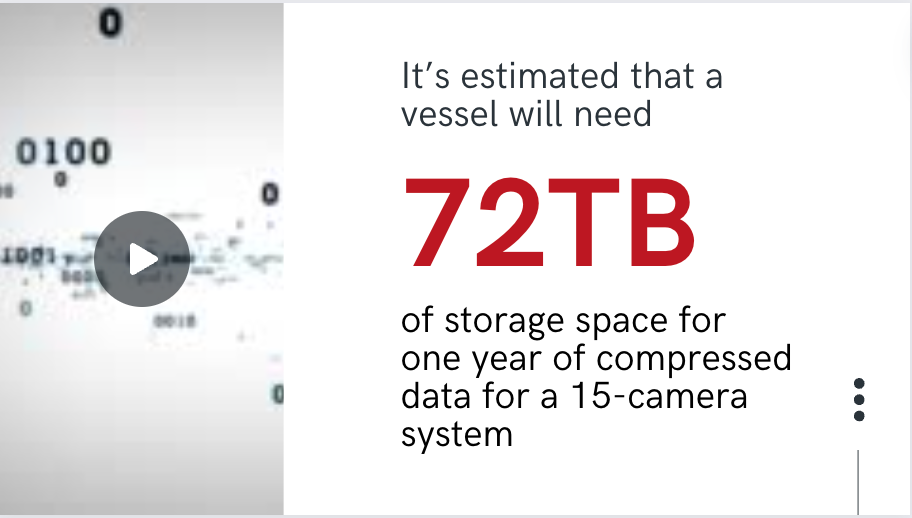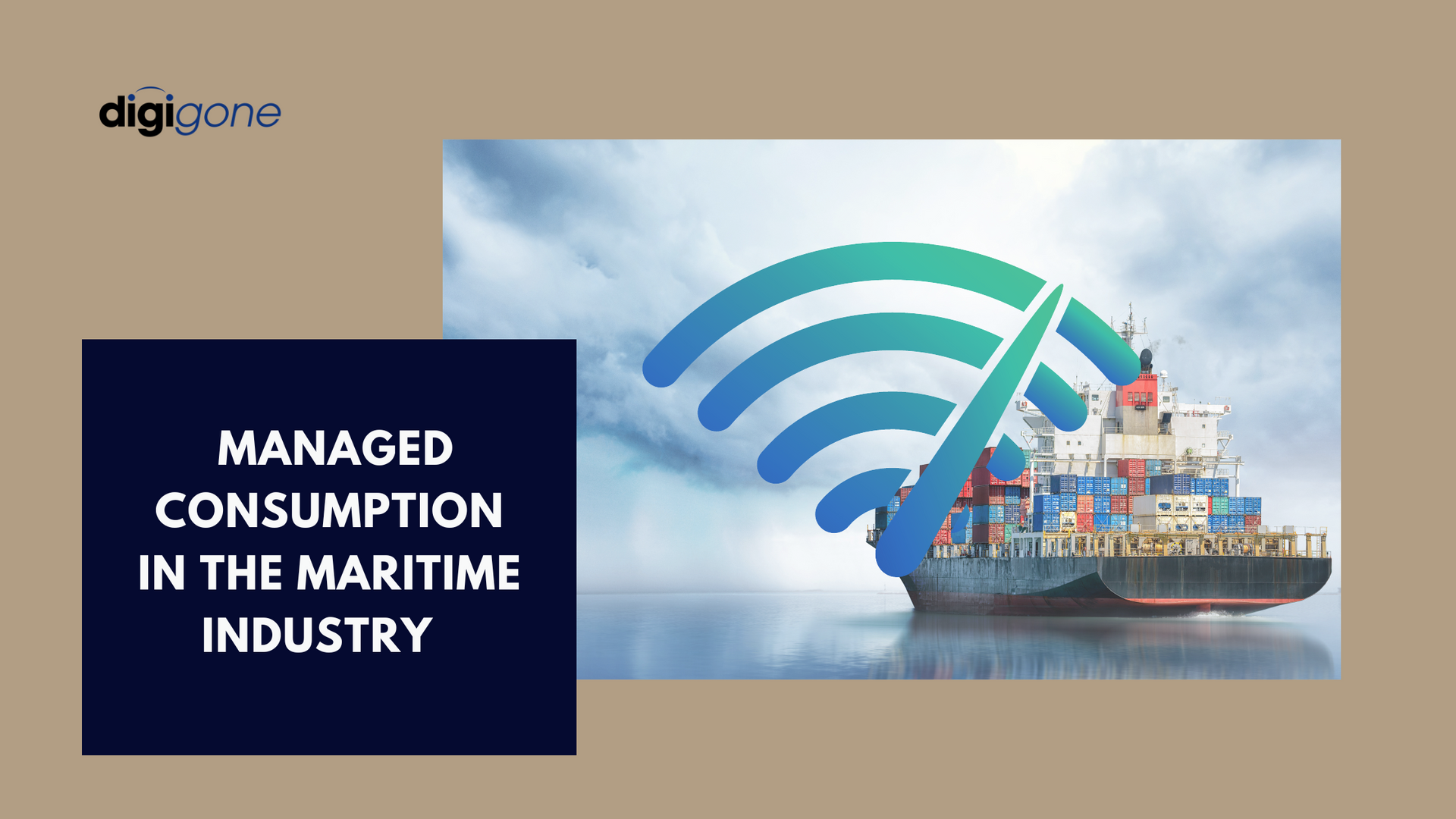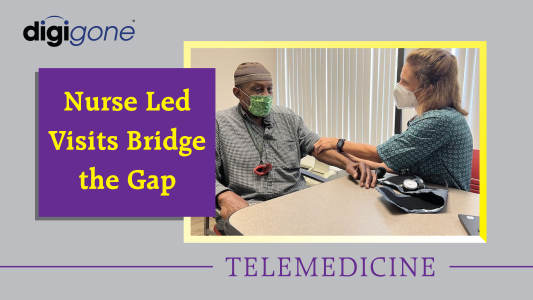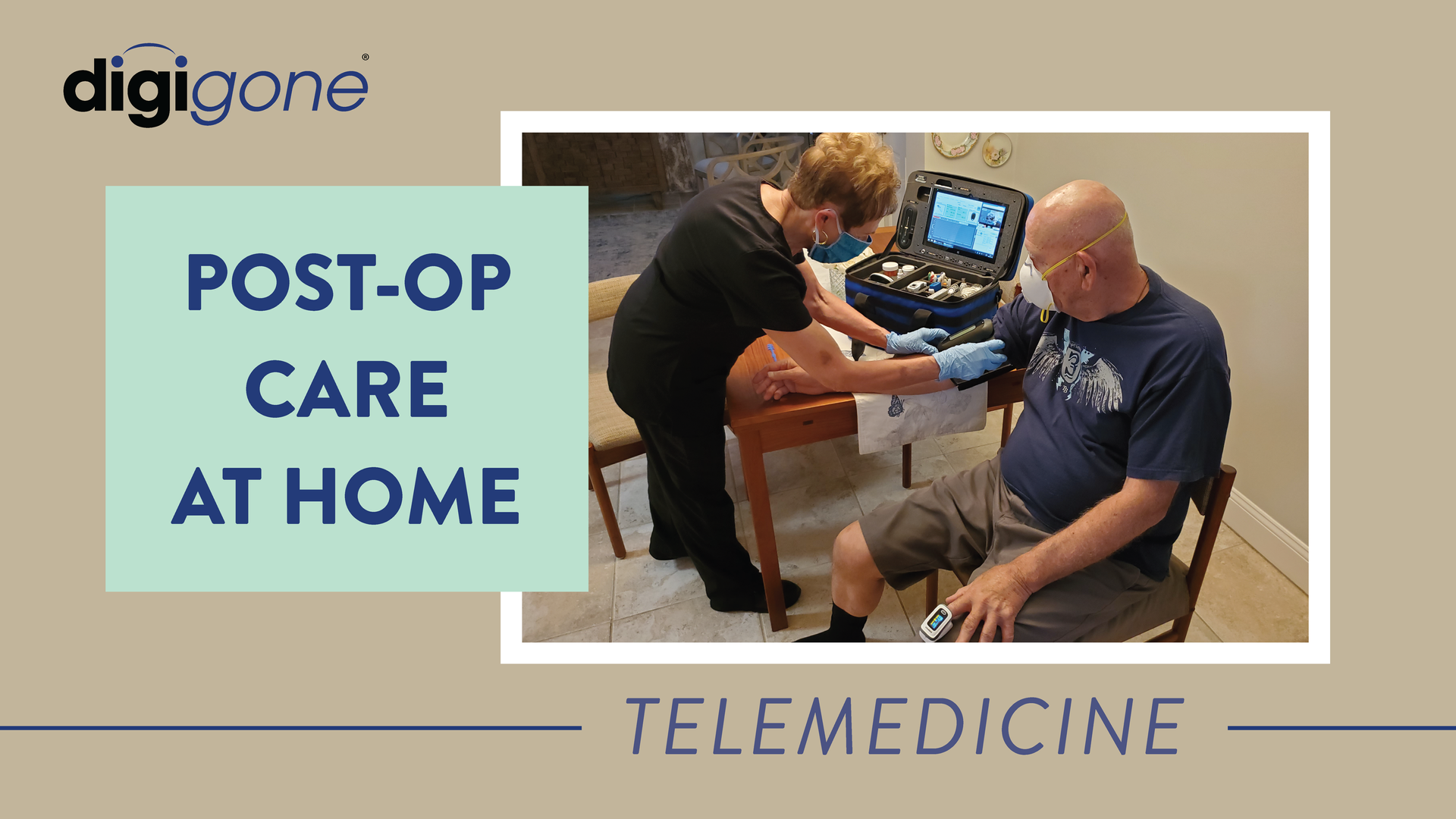The Role of Telemedicine Kits in Slowing the Spread of COVID-19 in Africa
DigiGone • June 15, 2020
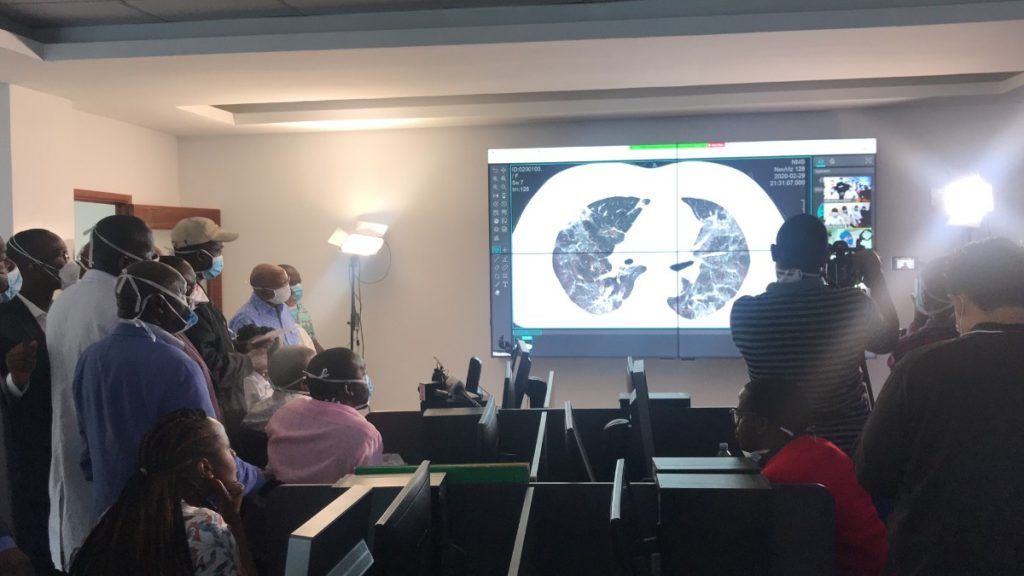
The COVID-19 pandemic has brought vital parts of Africa’s economy to a standstill. From The Wall Street Journal, June 12, 2020:
“Along East Africa’s borders, medical workers in hazmat suits take throat swabs from truck drivers in makeshift clinics [...] creating traffic jams as long as 50 miles and bringing critical trade routes to a sudden halt.”
The World Bank estimates these disruptions will cost sub-Saharan Africa between $37-$79 billion this year alone. In an effort to mitigate this health and financial catastrophe, the bank has urged governments to establish field hospitals along major transportation corridors in East and West Africa.
Dr. Matshidiso Moeti, the regional director of the World Health Organization in Africa, recently said that cases are “accelerating,” which she attributes primarily to lack of adequate supplies, particularly testing kits.
The United Nations warns that 300,000 Africans could die as nations hit a peak infection rate in the coming months. A South African COVID-19 Modeling Consortium recently predicted
3.5 million cases in South Africa alone by November.
COVID-19 has planted its roots and managing the spread will require a collective and comprehensive approach to protect the welfare of communities across the continent.
Telemedicine Kits and COVID-19
Data Collection
Doctors and government officials need data to make important decisions when it comes to the welfare of their countries. With the use of telemedicine kits
and COVID-19 tests, both of which are small and easy to transport, patients can be examined and tested easily. These results are then forwarded to a “fusion cell” where the data is collected, collated and analyzed to assist decision-makers on next steps and resource allocation to fight the pandemic.
Power and WiFi
In terms of delivering healthcare to a community, the two most critical assets to secure are power and internet connectivity. Telemedicine kits can easily be outfitted with solar panels to store energy, ensuring a sufficient charge at all times. As well, a simple satellite terminal that easily attaches to the kit provides reliable internet connectivity.
Remote Clinics and Field Hospitals
Telemedicine kits are essential for establishing remote healthcare facilities. The portability of these kits allow physicians to quickly set up walk-in clinics anywhere. Tools that are common in most doctors' offices, such as a glucose meter, digital thermometer, electrocardiogram, stethoscope and otoscope, are standard in most kits.
A handheld ultrasound device, which is an optional add-on, has proven to be a powerful tool in fighting COVID-19 (see “Ultrasound Triage” section below).
Plus, the encrypted video application makes connecting doctors and sharing screens easy. A specialist in one central staging area can connect to field doctors anywhere.
Mobile Units
Mobile or ambulatory units can also easily be deployed to remote areas. These units don’t necessarily have to be ambulances; with telemedicine kits, vans and buses can easily be transformed into mobile clinics. With the encrypted video application, units can stay in constant contact with each other and central command, coordinating care and allocating assets as needed.
Distance Learning
Telemedicine kits can also be used as an important training and learning tool. Again, the encrypted video application allows physicians to interact with teams in the field to oversee educational initiatives.
For example, the video application can be used to demonstrate to a community important personal hygiene methods, like proper handwashing, to prevent the spread of COVID-19.
Ultrasound Triage
Doctors in Spain and Italy, hard-struck with COVID-19 hospitalizations early in 2020, were among the first to use ultrasound as a way to triage patients. A comprehensive report was published, and physicians are working on a way to standardize
the use of ultrasounds in fighting the pandemic.
As well, physicians in Africa have used handheld ultrasound devices as part of telemedicine kits in remote locations to examine lungs to determine the severity of an infection. The technology allows them to share their screen (or scans) with specialists in real-time at a central location for a more timely and accurate diagnosis.
This is a force-multiplier for COVID-19 detection; one specialist can virtually be in several clinics at once. And only those patients who truly need hospitalization are transported to medical facilities.
Lessen the Burden on Hospitals and Flatten the Curve
All of the scenarios described above are essential because they lessen the burdens on overwhelmed clinics and hospitals in busy city centers. In addition, they keep people at home instead of traveling, which also helps to reduce the spread of COVID-19.
Staying Ahead of the Curve
Until a vaccine is widely available, using telemedicine kits
to coordinate care at field hospitals and through mobile units will be instrumental in preventing the spread of the pandemic. Fortunately, with the proper leadership, this is a very realistic and achievable mission.

Telemedicine kits are becoming indispensable tools for home healthcare providers, particularly during transition care medical examinations (TCMs). While the initial TCM is conducted by a physician who generates revenue from the service, the telemedicine kit significantly benefits home healthcare providers by expediting patient registration for their care services. With a nurse or medical assistant deploying the kit, patients can be quickly evaluated and connected with a physician, ensuring all necessary documentation and approvals are completed more efficiently. This faster onboarding process allows home healthcare providers to register more patients in less time, helping them deliver care sooner and grow their services efficiently. The ability to “bring the doctor” to the patient through a telemedicine kit is invaluable in initiating care seamlessly. Once patients are on board, home healthcare providers can continue leveraging telemedicine technology to improve how they deliver services. The kits enable nurses and medical assistants to perform follow-up visits, diagnostics, and real-time consultations without requiring patients to leave their homes. This capability allows providers to optimize their schedules and visit more patients daily, all while maintaining a high standard of care. The efficiency gained means better coverage, smarter use of resources, and happier patients. Beyond efficiency, telemedicine kits help providers build stronger connections with their patients by making care more accessible and personalized. Providers can quickly respond to emerging health concerns, adjust care plans, and ensure ongoing monitoring—all from the patient’s home. This not only leads to better patient outcomes but also boosts the provider’s reputation for being reliable and innovative. By facilitating the registration of more patients and enhancing care once they are onboarded, telemedicine kits are powerful tools that enable home healthcare providers to expand their reach, improve operational efficiency, and thrive in an increasingly competitive market. In a rapidly evolving healthcare landscape, telemedicine kits are revolutionizing how home healthcare providers deliver care, enabling faster patient onboarding, enhanced service delivery, and stronger connections with patients. By integrating this indispensable technology, providers can streamline operations, improve patient outcomes, and position themselves as leaders in care innovation. Don’t miss the opportunity to elevate your home healthcare services. Explore how telemedicine kits can help you expand your reach, optimize your resources, and deliver exceptional care. Contact us today to learn more and take the next step toward transforming your care delivery model.

With the new Safer Seas Act, vessel companies must comply with many new regulations by the end of the year. One of those requirements includes audio equipment placed outside of hallways leading to staterooms, which DigiGone can help with. And while this may seem burdensome, these new rules will be good for vessel companies in the long run.



